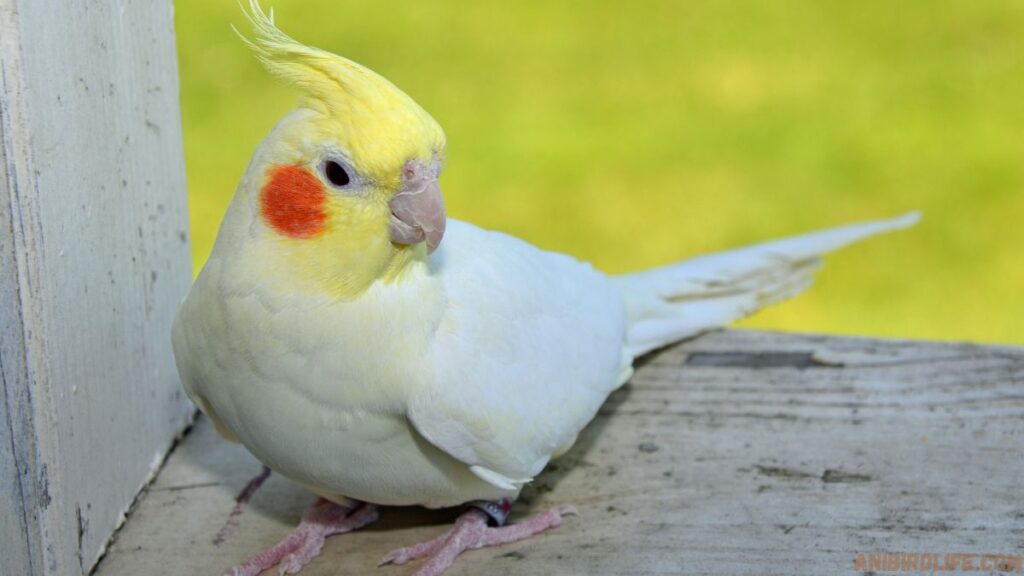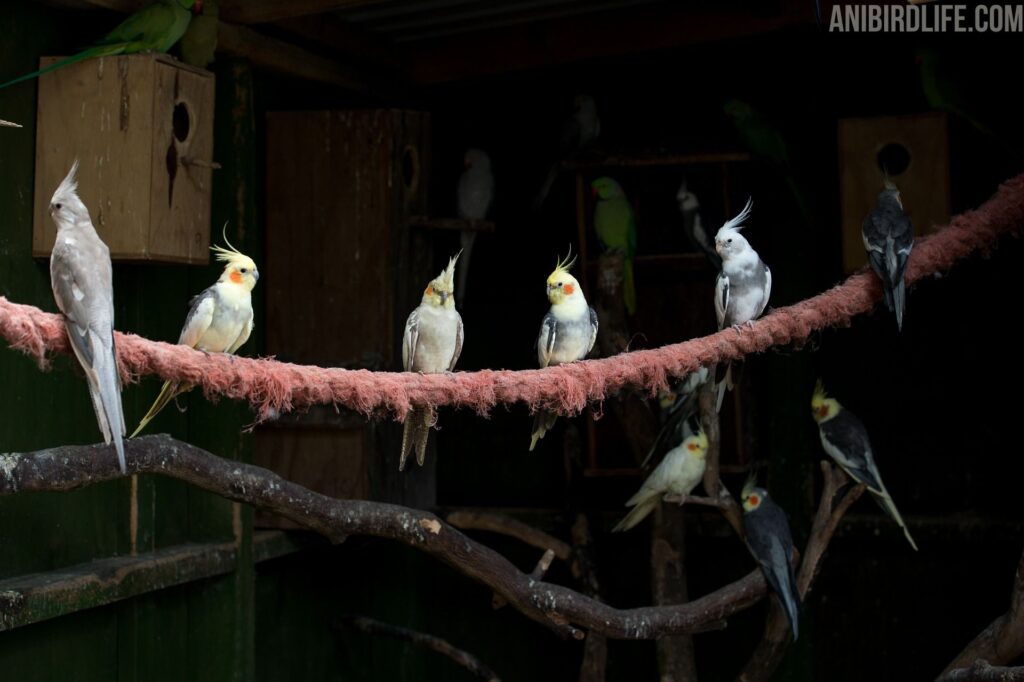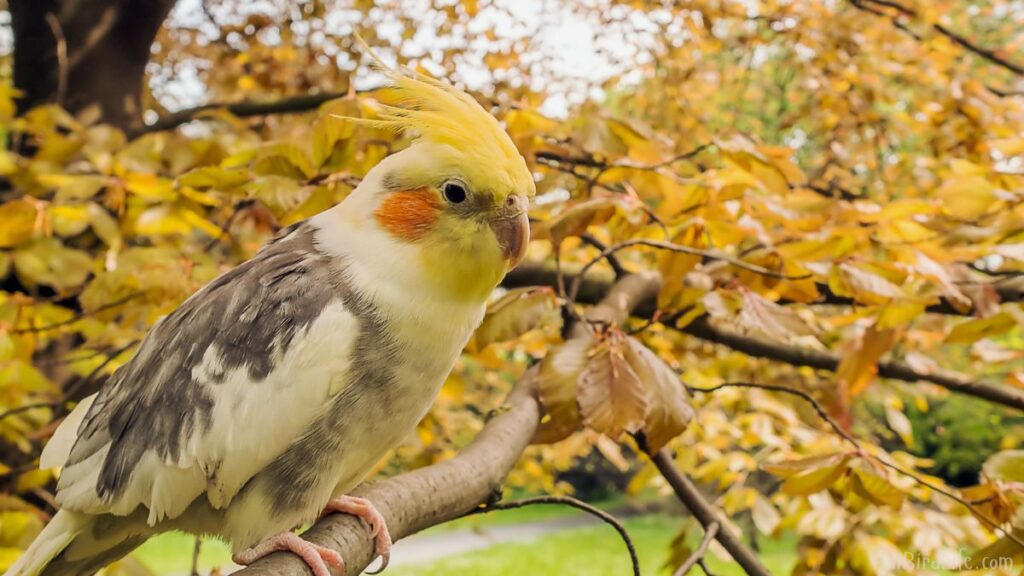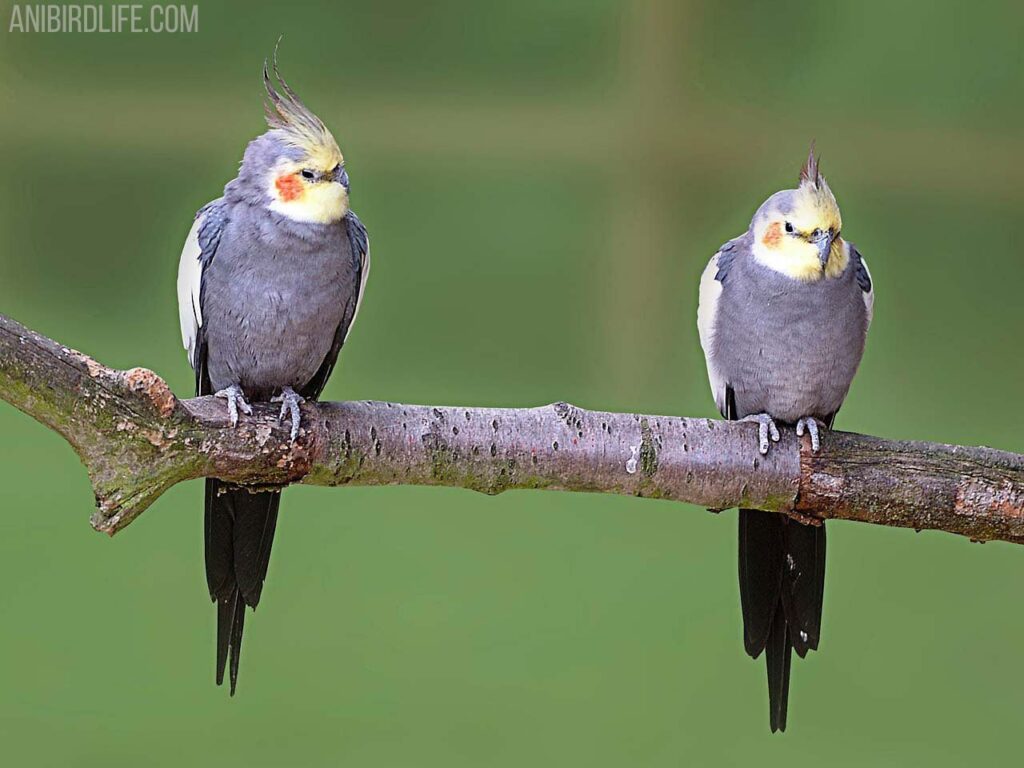Cockatiels are among the most popular pet birds, known for their friendly nature and charming personalities. These birds make excellent companions given their ability to bond closely with their owners and their playful behavior. Their affectionate disposition and vocalizations create a lively atmosphere in any home.
With their striking plumage, cockatiels come in various colors, which can add visual appeal to their care requirements. They thrive on interaction and require socialization to be well-adjusted pets. Understanding their needs can help owners create an enriching environment that promotes their health and happiness.
Many new owners may wonder about the proper care for cockatiels. From diet and habitat to training and companionship, each aspect plays a crucial role in ensuring these birds lead fulfilling lives. Embracing the responsibility of caring for a cockatiel can lead to a rewarding relationship that enriches both the bird’s and the owner’s lives.
Natural Habitat
Cockatiels are native to Australia and thrive in various environments. Their habitat includes open grasslands, woodlands, and scrublands. Understanding their geographic distribution and environmental preferences offers valuable insight into their behavior and needs.
Geographic Distribution
Cockatiels are native to Australia, and primarily found in the eastern and northern regions, including Queensland, New South Wales, and parts of South Australia.
• Habitat Range: These birds prefer regions where water sources are available, and they often travel long distances to find food and suitable nesting locations.
• Population Density: Cockatiel populations tend to be more concentrated near urban areas, where food resources may be plentiful due to human activity.

Environmental Preferences
Cockatiels favor environments that provide both open space and cover. They are often seen in:
• Open Grasslands: These areas offer ample seeds and grasses, crucial for their diet.
• Woodlands: They seek shelter in trees for roosting and nesting.
Cockatiels thrive in a climate that has moderate temperatures. They adapt to various conditions but prefer places with access to fresh water and diverse vegetation. This adaptability helps them flourish in both wild and domestic settings.
Physical Characteristics
Cockatiels are small to medium-sized parrots renowned for their vibrant appearance and gentle nature.
Their physical traits vary widely, showcasing an array of colors, sizes, and distinctive features that make them easily recognized.
Color Variations
Cockatiels exhibit a broad spectrum of color mutations. The most typical coloration is grey, often highlighted with vivid yellow and white accents. The yellow-faced mutation features a brighter yellow with a more vibrant facial pattern. Other notable mutations include:
• Lutino: Predominantly yellow with red eyes.
• Pearl: Characterized by a patterned feather texture, usually grey or white.
• Cinnamon: A warm brown hue that alters the standard grey appearance.
Bird enthusiasts appreciate these color variations as they can influence the visual appeal and personality traits of individual birds.
Size and Anatomy

Cockatiels generally stand between 12 to 14 inches tall from the beak to the tip of the tail. Their size makes them easily distinguished from smaller parakeets yet compatible with larger avian species. They typically weigh between 3.5 and 4.5 ounces.
Their anatomy includes a strong, curved beak, designed for cracking seeds and nuts. The wings are powerful, allowing for agile flight, while their long tails assist in maneuverability.
Distinctive Features
One of the most recognizable aspects of cockatiels is their crest, a collection of feathers atop their heads. This crest raises or lowers depending on the bird’s mood, acting as a key form of communication.
Additionally, cockatiels have bright orange cheek patches that contrast beautifully with their plumage. They possess a sturdy body covered in smooth feathers, providing both warmth and waterproofing.
These physical characteristics contribute to their charm, making them a popular choice among pet owners and avian enthusiasts.
Behavior and Social Structure
Cockatiels display a range of behaviors and social dynamics that highlight their need for interaction. Their communication methods and flocking tendencies are crucial for their well-being and development.
Communication Methods
Cockatiels communicate through a variety of vocalizations and body language. These birds produce whistles, chirps, and screeches to convey different emotions. For instance, a soft whistle may indicate contentment, while loud calls can signal alarm or distress.
Body language is another essential aspect of their communication. A relaxed posture with wings slightly away from the body denotes comfort, while raised feathers might indicate aggression or fear. Additionally, cockatiels engage in preening as a social behavior, strengthening bonds between them and their flock mates.
Flocking and Social Interactions
In their natural habitats, cockatiels are social creatures that thrive in flocks. This behavior is vital for their mental and emotional health. Flock dynamics often involve a hierarchy, where dominant individuals may assert control over resources like food and nesting sites.

Cockatiels interact through various social behaviors, including mutual grooming and play. These interactions reinforce relationships within the group, promoting a healthy social structure. Even in captivity, providing opportunities for socialization is essential. Lone cockatiels can exhibit signs of stress or depression, making companionship vital for their quality of life.
Diet and Nutrition
Cockatiels need a balanced diet to stay healthy and vibrant. Their nutritional needs vary between their natural habitat and captivity. Recognizing these differences is crucial for providing proper care.
Wild Diet
In the wild, cockatiels primarily feed on seeds, fruits, and vegetables. Their diet consists of a variety of seeds such as millet, grasses, and legumes. They also consume leafy greens and fruits, which provide necessary vitamins and minerals.
Wild cockatiels forage on the ground and in trees, ensuring a diverse intake. This foraging behavior helps them gain essential nutrients while preventing boredom. The natural diet promotes robust health and aids in digestive function.
Feeding Habits in Captivity
In captivity, cockatiels should receive a balanced diet that mimics their wild nutrition. A good-quality seed mix should form the base of their diet, but it’s important to supplement with fresh fruits and vegetables. Some suitable options include:
• Fruits: Apples, grapes, and berries
• Vegetables: Carrots, spinach, and bell peppers
Pellets can also be included for their comprehensive nutrition. Fresh water should always be available. Owners should avoid avocado, chocolate, and caffeine, as these can be toxic to them. Regularly introducing new foods can help prevent dietary boredom and promote overall well-being.

Caring for a Cockatiel
Caring for a cockatiel involves meeting its housing needs, ensuring health and wellness, and providing training and enrichment activities. Each aspect plays a crucial role in the happiness and well-being of the bird.
Housing Requirements
Cockatiels require a spacious cage that offers enough room to move around freely. A cage size of at least 24 inches wide, 24 inches deep, and 36 inches high is recommended. The bars should be spaced no wider than ½ inch apart to prevent escapes or injury.
The cage should include perches of different sizes and materials to support good foot health.
Natural wood perches are preferable, as they help prevent foot problems. It’s essential to place food and water dishes at different heights to encourage natural behaviors.
Regular cleaning is vital to maintain a healthy environment. The bottom of the cage should be cleaned daily, and the entire cage should be disinfected once a week. Adding toys will also enrich the space, allowing for mental stimulation and exercise.
Health and Wellness
Regular veterinary check-ups are essential to monitor the cockatiel’s health and detect any issues early. A professional should examine the bird at least once a year, focusing on weight, feathers, and beak condition.
Diet plays a significant role in health. High-quality pellets, fresh fruits, and vegetables should form the basis of their diet. Avoid feeding avocado, chocolate, and caffeine, as these are toxic to birds.
Signs of illness include lethargy, ruffled feathers, and changes in eating habits. It’s crucial to act quickly if any of these signs appear, as early intervention can lead to better outcomes.
Training and Enrichment
Training is an integral part of caring for a cockatiel and should begin early. Positive reinforcement techniques, such as treats and praise, help the bird learn commands and tricks. Basic commands such as “step up” and “turn around” can help build trust.
Social interaction is vital. They enjoy being part of their owner’s life and may need several hours of companionship daily. Engaging in playtime outside of the cage can promote bonding and stimulate mental activity.
Providing a variety of toys, such as chewing and foraging options, will keep the bird entertained. Rotate toys regularly to maintain interest. This mental stimulation helps prevent boredom and the behavioral problems that can come with it.

Frequently Asked Questions
These questions address common inquiries regarding cockatiels, covering lifespan, costs, behavioral characteristics, special care considerations for specific varieties, suitability for first-time owners, and the necessity of human interaction.
What is the typical lifespan of a cockatiel in captivity?
The typical lifespan of a cockatiel in captivity ranges from 10 to 15 years. With proper care, some of them may even live up to 20 years.
How much does it typically cost to purchase a cockatiel from a pet store?
The cost of purchasing a cockatiel from a pet store can range from $100 to $250. Prices may vary depending on factors like the bird’s age, color, and breeder reputation.
Can cockatiels be trained to talk, and if so, how frequently do they speak?
Cockatiels can learn to talk, although they are not as prolific as some other parrot species. They can develop a few phrases or whistles, and they may repeat them occasionally if trained consistently.
What are the special considerations for caring for a Whiteface Lutino or Ashenfallow variety of cockatiel?
The Whiteface Lutino and Ashenfallow varieties require the same basic care as other cockatiels. However, their specific feathering may need additional attention to prevent sunburn, as their lighter plumage is more susceptible to UV rays.
Are cockatiels considered good pets for first-time bird owners?
Cockatiels are frequently recommended for first-time bird owners because of their friendly disposition. They are relatively easy to care for and can form strong bonds with their owners.
Do cockatiels require regular human interaction and handling to remain tame?
Yes, cockatiels thrive on regular human interaction. Consistent handling helps maintain their tameness and encourages social behavior, reducing the likelihood of stress or behavioral issues.
